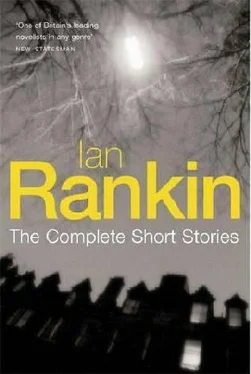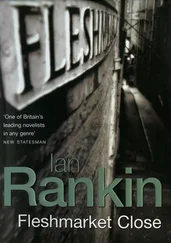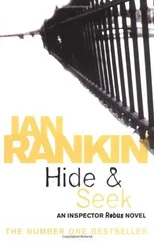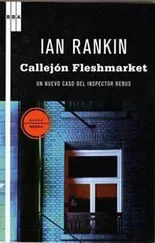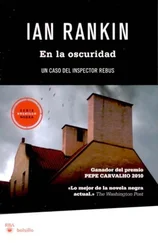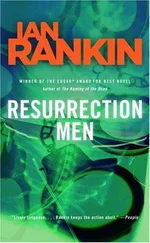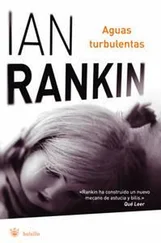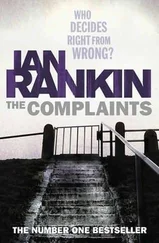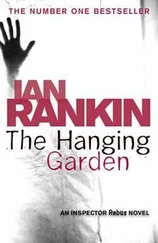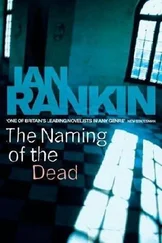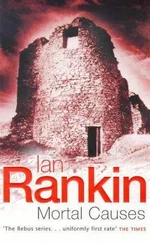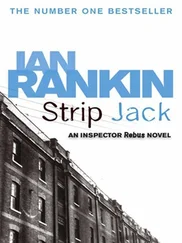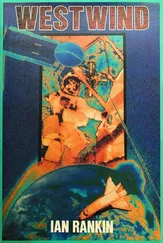The Prime Minister gazed at them in something short of thrall. ‘Is it “shrew” as in Shakespeare?’
‘No, sir, I think it’s the rodent.’
He thought about this. ‘Vibrant colours,’ he decided.
‘Extraordinary,’ my superior agreed.
‘One can’t help feeling the influence of pop art,’ one of the minions drawled. I managed not to choke: it was like saying one could see in Beryl Cook the influence of Picasso.
The PM turned to the senior minion. ‘I don’t know, Charles. What do you think?’
‘The shrew, I think.’
My heart leapt. The Prime Minister nodded, then pointed to Herbert in Motion. ‘That one, I think.’
Charles looked put out, while those around him tried to hide smiles. It was a calculated put-down, a piece of politics on the PM’s part. Politics had decided.
A fake Ronny Voore would grace the walls of Number 10 Downing Street.
I supervised the packing and transportation. It was a busy week for me: I was negotiating the loan of several Rothkos for an exhibition of early works. Faxes and insurance appraisals were flying. American institutions were very touchy about lending stuff. I’d had to promise a Braque to one museum – and for three months at that – in exchange for one of Rothko’s less inspired creations. Anyway, despite headaches, when the Voore went to its new home, I went with it.
I’d discussed the loan with Jance. He’d told me to switch the copy for some other painting, persisting that ‘no one would know’.
‘He’ll know,’ I’d said. ‘He wanted a Voore. He knew what he wanted.’
‘But why?’
Good question, and I’d yet to find the answer. I’d hoped for a first-floor landing or some nook or cranny out of the general view, but the staff seemed to know exactly where the painting was to hang – something else had been removed so that it could take pride of place in the dining-room. (Or one of the dining-rooms, I couldn’t be sure how many there were. I’d thought I’d be entering a house, but Number 10 was a warren, a veritable Tardis, with more passageways and offices than I could count.)
I was asked if I wanted a tour of the premises, so as to view the other works of art, but by that time my head really did ache, and I decided to walk back to the Tate, making it as far as Millbank before I had to rest beside the river, staring down at its sludgy flow. The question had yet to be answered: why did the PM want a Ronny Voore? Who in their right mind wanted a Ronny Voore these days?
The answer, of course, came with the telephone call.
Joe Hefferwhite was an important man. He had been a senator at one time. He was now regarded as a ‘senior statesman’, and the American President sent him on the occasional high-profile, high-publicity spot of troubleshooting and conscience-salving. At one point in his life, he’d been mooted for president himself, but of course his personal history had counted against him. In younger days, Hefferwhite had been a bohemian. He’d spent time in Paris, trying to be a poet. He’d walked a railway line with Jack Kerouac and Neal Cassady. Then he’d come into enough money to buy his way into politics, and had prospered there.
I knew a bit about him from some background reading I’d done in the recent past. Not that I’d been interested in Joseph Hefferwhite… but I’d been very interested in Ronny Voore.
The two men had met at Stanford initially, then later on had met again in Paris. They’d kept in touch thereafter, drifting apart only after ‘Heff ’ had decided on a political career. There had been arguments about the hippie culture, dropping out, Vietnam, radical chic – the usual sixties US issues. Then in 1974 Ronny Voore had laid down on a fresh white canvas, stuck a gun in his mouth, and gifted the world his final work. His reputation, which had vacillated in life, had been given a boost by the manner of his suicide. I wondered if I could make the same dramatic exit. But no, I was not the dramatic type. I foresaw sleeping pills and a bottle of decent brandy.
After the party.
I was wearing my green Armani, hoping it would disguise the condemned look in my eyes. Joe Hefferwhite had known Voore, had seen his style and working practice at first hand. That was why the PM had wanted a Voore: to impress the American. Or perhaps to honour his presence in some way. A political move, as far from aesthetics as one could wander. The situation was not without irony: a man with no artistic sensibility, a man who couldn’t tell his Warhol from his Whistler… this man was to be my downfall.
I hadn’t dared tell Jance. Let him find out for himself afterwards, once I’d made my exit. I’d left a letter. It was sealed, marked Personal, and addressed to my superior. I didn’t owe Gregory Jance anything, but hadn’t mentioned him in the letter. I hadn’t even listed the copied works – let them set other experts on them. It would be interesting to see if any other fakes had found their way into the permanent collection.
Only of course I wouldn’t be around for that.
Number 10 sparkled. Every surface was gleaming, and the place seemed nicely undersized for the scale of the event. The PM moved amongst his guests, dispensing a word here and there, guided by the man he’d called Charles. Charles would whisper a brief to the PM as they approached a group, so the PM would know who was who and how to treat them. I was way down the list apparently, standing on my own (though a minion had attempted to engage me in conversation: it seemed a rule that no guest was to be allowed solitude), pretending to examine a work by someone eighteenth-century and Flemish – not my sort of thing at all.
The PM shook my hand. ‘I’ve someone I’d like you to meet,’ he said, looking back over his shoulder to where Joe Hefferwhite was standing, rocking back on his heels as he told some apparently hilarious story to two grinning civil servants who had doubtless been given their doting orders.
‘Joseph Hefferwhite,’ the PM said.
As if I didn’t know; as if I hadn’t been avoiding the man for the past twenty-eight minutes. I knew I couldn’t leave – would be reminded of that should I try – until the PM had said hello. It was a question of protocol. This was all that had kept me from going. But now I was determined to escape. The PM, however, had other plans. He waved to Joe Hefferwhite like they were old friends, and Hefferwhite broke short his story – not noticing the relief on his listeners’ faces – and swaggered towards us. The PM was leading me by the shoulder – gently, though it seemed to me that his grip burned – over towards where the Voore hung. A table separated us from it, but it was an occasional table, and we weren’t too far from the canvas. Serving staff moved around with salvers of canapés and bottles of fizz, and I took a refill as Hefferwhite approached.
‘Joe, this is our man from the Tate.’
‘Pleased to meet you,’ Hefferwhite said, pumping my free hand. He winked at the PM. ‘Don’t think I hadn’t noticed the painting. It’s a nice touch.’
‘We have to make our guests feel welcome. The Tate has another Voore, you know.’
‘Is that so?’
Charles was whispering in the PM’s ear. ‘Sorry, have to go,’ the PM said. ‘I’ll leave you two to it then.’ And with a smile he was gone, drifting towards his next encounter.
Joe Hefferwhite smiled at me. He was in his seventies, but extraordinarily well preserved, with thick dark hair that could have been a weave or a transplant. I wondered if anyone had ever mentioned to him his resemblance to Blake Carrington…
He leaned towards me. ‘This place bugged?’
I blinked, decided I’d heard him correctly, and said I wouldn’t know.
‘Well, hell, doesn’t matter to me if it is. Listen,’ he nodded towards the painting, ‘that is some kind of sick joke, don’t you think?’
Читать дальше
